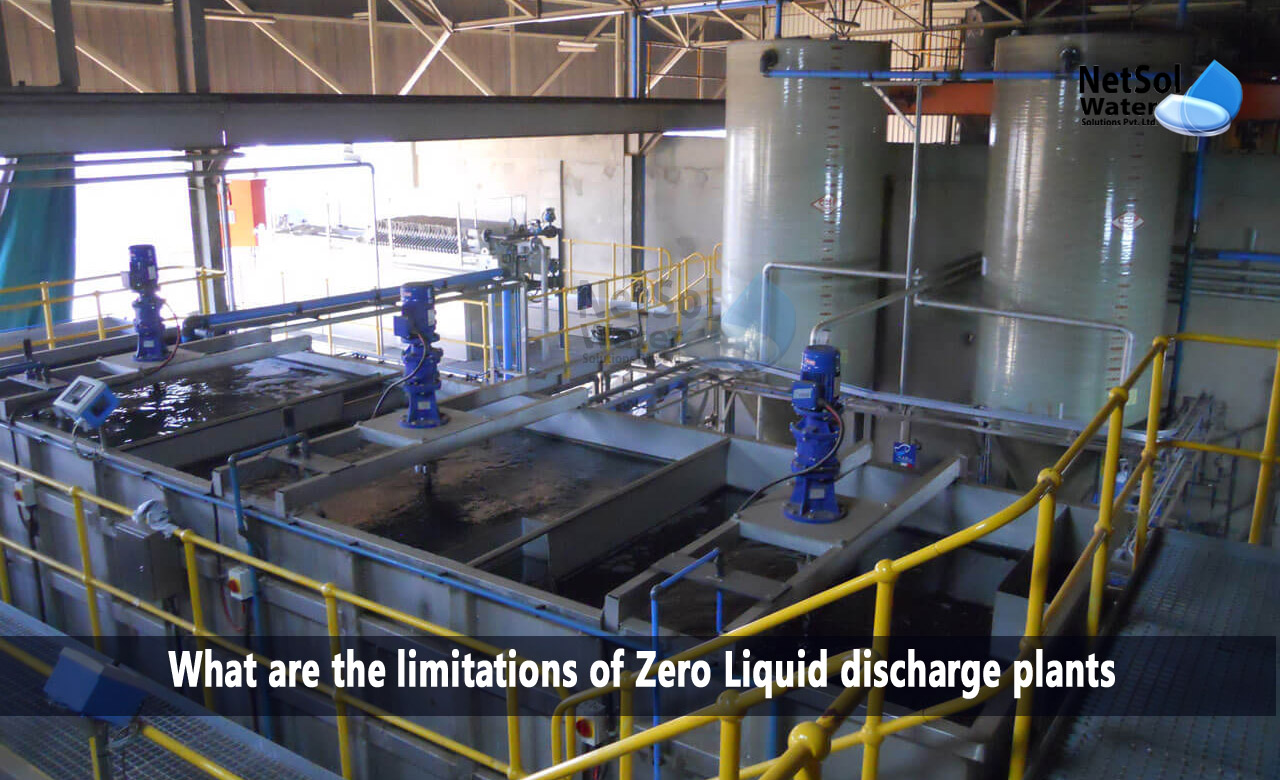What are the limitations of Zero Liquid discharge (ZLD) plants?
More facilities use zero liquid discharge (ZLD) technology for wastewater treatment and effluent reduction, to comply with local discharge regulations or recycle and reuse.
Due to the variety of ZLD systems in use and the treatment variations, depending on your business and specific process, it can be difficult to pinpoint exactly what you might be experiencing, but, these are the most common limitations with zero liquid discharge plants and its potential fixes.
Limitations of ZLD Plants
· RO Membrane Fouling
Although, reverse osmosis (RO) is an essential phase in the ZLD process, it's highly likely that your RO membranes will eventually become fouled, if hazardous solids aren't successfully eliminated during pretreatment before moving on to RO.
When your filter membranes become fouled, deposits build up as a result of pollutants like:
• Calcium
• Magnesium
• Silica
· Metal oxidations
• Bacteria
• Suspended and colloidal substances
If untreated, these impurities can result in deposition that is severe enough to clog pipes, increase energy consumption, and harm membranes, which will decrease the efficiency of your ZLD process. These problems can even arise quickly, and since cleaning these membranes after they become fouled is challenging, it is important to try to prevent fouling in the first place by using suitable pretreatment techniques.
· System scaling
Scaling is similar to fouling in that it develops much tougher deposits than what you observe with fouling in the RO membranes, and during heat-related treatment (such as evaporation) when small particles pass through pre-treatment and filtration.
Reduced water permeability, increased energy use, and equipment and membrane damage are the consequences. These scale-forming minerals must be eliminated during pretreatment, and any other stages of the ZLD process, where they may be present in order to reduce the likelihood of scale formation.
When cold-lime softening is followed by ion exchange technology as pretreatment, many facilities see positive outcomes.
· Problematic balance of TSS/TDS
When treating ZLD with evaporation or other thermal-related processes, it is crucial to eliminate minerals to the proper concentration. Incorrect total suspended particles to total dissolved solids ratios can quickly and readily lead to scale, fouling, or pipe corrosion when heat is added to the solution.
The solids that are still present concentrate as water evaporates. These particles and hardness start to accumulate on heat transfers, and other internal pipework if they are not effectively eliminated in blowdown, or prevented in the first place by appropriately pre-treating the wastewater.
This may cause system clogging, malfunction, or downtime. Since, the scale is difficult to remove after it has formed, it is generally better to ensure that water and makeup water chemistry are treated appropriately, to prevent these issues in the first place.
In general, ensuring your level of TSS and TDS to the right concentrations, will provide a smoother and more efficient process. These ratios of TSS to TDS vary based on your system, as will the treatment alternatives.
· Corrosion
Understanding the causes and effects of corrosion is crucial, when performing specific ZLD steps, such as crystallization and dewatering. Higher salt concentrations in the remaining liquor or brine have the potential to damage the system's pipes, or other mechanical components.
Spray driers can occasionally be useful since they can reduce the solubility of some salts, but in general, it's best to utilize corrosion-resistant building materials, such as alloys made of nickel and titanium.
What do? we offer?
To fix your wastewater problem, you do not need to worry; you just need to contact Netsol Water team right away! We provide a wide range of customized RO Plants, ZLD Plants, and other advanced wastewater treatment technologies.
For further information or to make a purchase, please contact us at +91-9650608473 or enquiry@netsolwater.com



